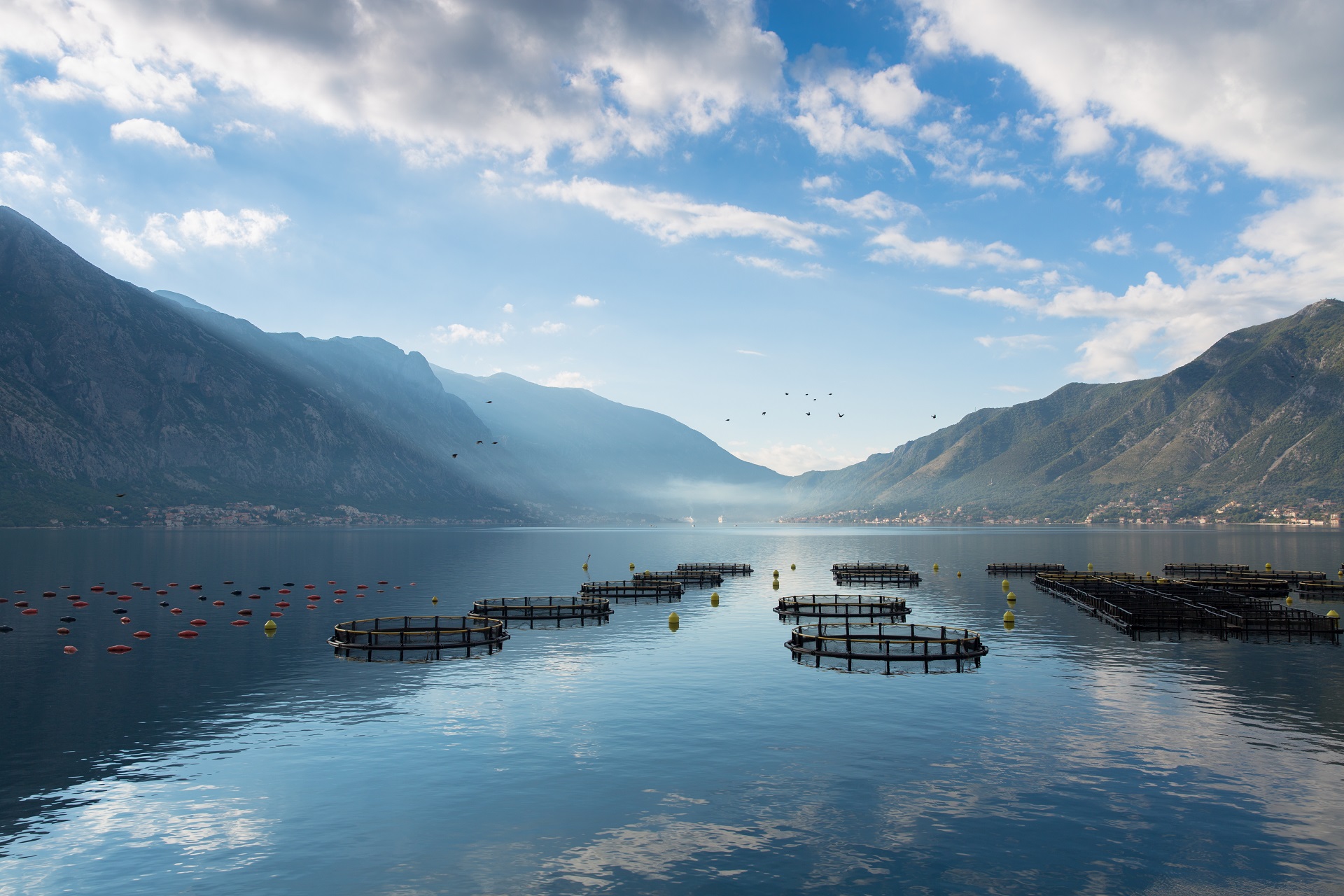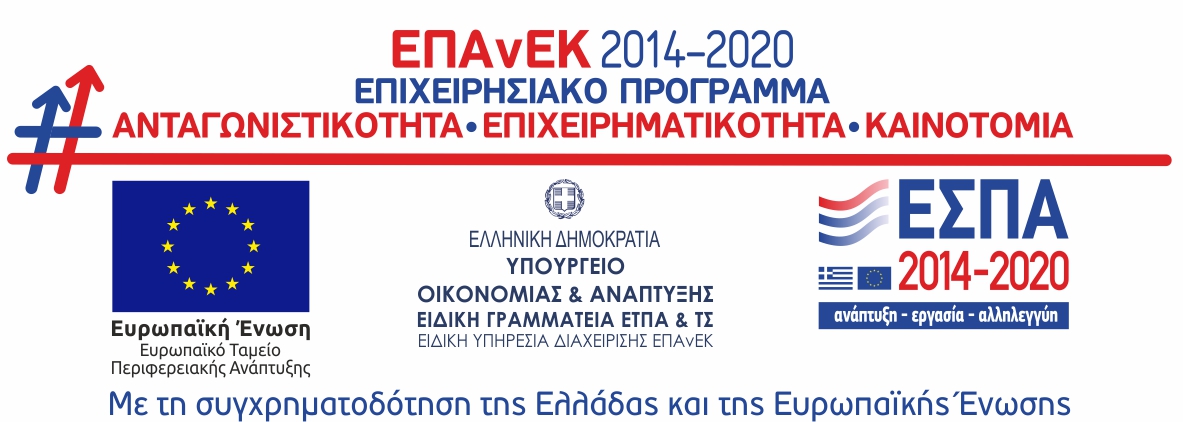Animal Feed Additives

Various
Products
POULTRY MEAL
Poultry Meal is one of the most important sources of animal protein, used in the pet food industry. The process used to produce poultry meal is called “rendering”. During this process, raw chicken parts are thoroughly cooked at high temperatures, in order to drive water and fat out of the bone and tissues, while the remaining product is dehydrated and ground to a fine powder.
Poultry Meal consists of the ground, rendered clean parts of the carcass of slaughtered poultry, including necks, heads, feet, undeveloped eggs, while feathers and blood are excluded (except in such amounts as might occur unavoidably in good processing practices). Antioxidants are also added to the meal in order to retain the final product’s stability.
The nutrient content of Poultry Meal can be quite variable, as it depends on the substrate that is being processed. It is generally a palatable and high-quality feed ingredient due to its content in essential amino acids, fatty acids, vitamins and minerals. It is in high demand from the pet food and aquaculture industries.
Poultry meal is golden to medium brown in colour with a fresh poultry odour.
POULTRY FAT
Poultry Fat is a heat-treated animal by-product, derived from the production process of Poultry Meal. It consists of rendered parts of the carcasses of slaughtered poultry, such as heads, feet, undeveloped eggs, exclusive of feathers and blood. It comes from slaughters of only healthy poultry, whose meat is intended for human consumption.
Poultry Fat is a quality source of essential fatty acids and an excellent source of energy. Fat has a positive effect on the immune system and plays a beneficial role in stress response. Essential fatty acids are required for proper growth, reproduction, normal skin structure and a healthy coat. As Poultry Fat contains virtually no protein, its use does not cause allergic reactions associated with the one of fresh chicken or Poultry meal, both of which contain high amounts of protein.
Poultry Fat is in liquid form without lumps and must be free of foreign substances, pollutants and contaminants.
VITAMIN C
Vitamin C (L-ascorbate-2-phosphate 35%) is an acidic multi-hydroxy compound of six carbon atoms, which is also named ascorbic acid and it is used to prevent and treat scurvy. It is an essential nutrient for maintenance, growth, reproduction and health. Usually fish, shrimp and other aquatic animals cannot synthesize Vitamin C. Domestic animals and poultry can, but the quantity is insufficient. It is thus necessary to supplement Vitamin C to diets.
CHOLINE CHLORIDE
Choline also known as vitamin B4 or, more formally, as 2-hydroxyethyl-trimethyl ammonium hydroxide is a common dietary supplement in the livestock and feed industries.
Choline plays a vital role in biological functions:
•as a constituent in the synthesis of the phospholipids, which are structural cell components.
•as precursor for the intracellular messenger molecules, for example acetylcholine.
•as a donor of methyl groups in the methylation cycle.
Natural feedstuffs do not contain a consistent amount of choline, nor is the amount present predictably bioavailable due to variations in crop growth conditions. Since livestock have a physiological need for choline, manufacturers add it to their animal feeds in the form of Choline Chloride.
MONOCALCIUM PHOSPHATE
Monocalcium Phosphate is used as an animal feed additive. This feed additive supplements the feed with phosphorus and calcium that are very important for skeletal development and the formation of strong bones, as well as, normal functioning of energy, protein metabolism, neural, immunity and reproduction systems.
As a rule, livestock and poultry receive less phosphorous than they need. The phosphorous content in plant feed covers only the 30% of their requirements. Furthermore, only 50% of this amount is digested, as plant and animals require different forms of phosphorous. According to research, phosphorous from Monocalcium Phosphate is digested better by animals than from other feed phosphates.
METHIONINE
Methionine is an essential amino acid in all animal species. Methionine is clearly recognized as the first limiting amino acid in poultry and probably also in high-yielding cows and as the second or third limiting amino acid in pigs fed conventional diets. Supplementation of appropriate amounts of methionine to meet requirements is safe for the target species. The level of supplementary methionine depends on the basal diet and its content of sulphur-containing amino acids. Methionine is an important methyl-group donor for most biological methylation reactions. Methionine plays a key role in maintaining protein function and overall redox status in the living. In addition, Methionine serves as a precursor for cysteine, glutathione and taurine, which are important cellular antioxidants (Brosnan and Brosnan, 2006). The other functional role of Methionine is the promotion of gut development, especially in rapidly growing young animals.
LYSINE
Lysine is a key nutrient related to the production performance and is considered as the first or second-limiting amino acid in a typical corn-soybean based diet for most species. L-Lysine HCl is produced by microbial fermentation (Corynebacterium Glutamicum) with natural raw materials (raw sugar, beet molasses, cane molasses, or SOD), which helps to improve performance of animals and to lower user production cost.
THREONINE
Threonine is the second or third most rapidly depleted essential amino acid after Lysine in animals. It helps maintain an adequate protein composition, that promotes sound animal growth and is involved in antibody creation, that enhances the performance of the cardiovascular, digestive, central nervous and immune systems. L-Threonine is produced by a fermentation process and contributes to promote the growth of livestock, livestock industry cost reduction and environmental conservation.
INOSITOL
Inositol, a carbocyclic polyol, is a sugar-like carbohydrate synthesized by most plants and animals. Inositol contributes to biological processes in almost all tissues and is a precursor of phosphatidylinositol, an important component of biological membranes and lung surfactant. Inositol plays an important role as the structural basis for a number of secondary messengers in eukaryotic cells.
Inositol is an essential micronutrient for salmon, carp, tilapia and shrimps, particularly juveniles. This conclusion is extended to all fish and crustaceans.
FISH MEAL
Nutritionists recognize Fishmeal as a high quality, very digestible feed ingredient that is favored for addition to the diet of most farm animals, especially fish and shrimp. Fishmeal carries large quantities of energy per unit weight and is an excellent source of protein, lipids (oils), minerals and vitamins.
Benefits of Fishmeal incorporated into Animal Diets:
•Most commercial fishmeal is made from small, bony and oily fish, that, otherwise, are not suitable for human consumption and some are manufactured from by-products of seafood processing industries.
•Addition of fishmeal to animal diets increases feed efficiency and growth through better food palatability and enhances nutrient uptake, digestion and absorption.
•The balanced amino acid composition of fishmeal complements and provides synergistic effects with other animal and vegetable proteins in the diet to promote fast growth and reduce feeding costs.
•Fishmeal of high quality provides a balanced amount of all essential amino acids, phospholipids and fatty acids (e.g. DHA or docosahexaenoic acid and EPA or eicosapentaenoic acid) for optimum development, growth and reproduction, especially of larvae and brood stock. The nutrients in fishmeal also aid in disease resistance, by boosting and helping to maintain a healthy functional immune system.
•High-quality fishmeal also allows for formulation of nutrient-dense diets, which promote optimal growth.
•Incorporation of fishmeal into diets of aquatic animals helps to reduce pollution from the wastewater effluent, by providing greater nutrient digestibility.

